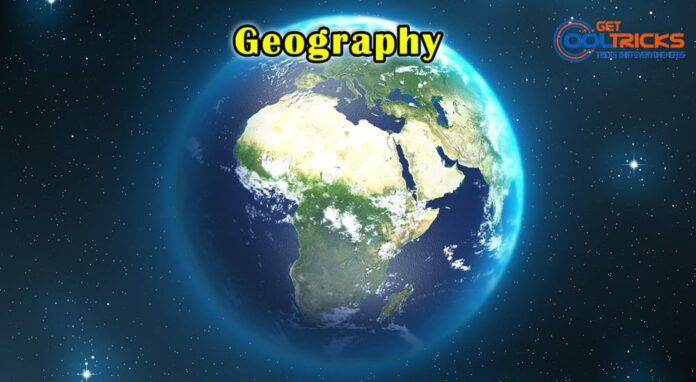Oxygen is a member of the chalcogen group of the periodic table, a highly reactive nonmetal that quickly forms oxides with most elements and other compounds. After hydrogen and helium, oxygen is the most abundant element on Earth and the universe’s third most common element. Diatomic oxygen gas makes up 20.95 % of the Earth’s atmosphere nowadays.
Ozone is too reactive at sea level to last long in the atmosphere. At a height of around 20 kilometres, it is created from air oxygen in the presence of sunshine. The ozone layer shields the surface of the world from UV radiation. It’s a diamagnetic, unstable gas with a pungent odour that protects the earth from dangerous ultraviolet rays from the sun.
Ozone is a potent oxidant with a wide range of industrial and consumer applications. However, ozone damages mucous and respiratory tissues in mammals, as well as plant tissues, due to its strong oxidising potential. While this makes ozone a serious respiratory hazard and pollutant near the ground, a higher ozone layer concentration is advantageous because it prevents harmful UV rays from reaching the Earth’s surface.
Properties of Ozone
- Ozone has a distinct odour.
- It is completely non-toxic.
- When the concentration exceeds roughly 100 ppm, breathing becomes difficult, causing headaches and nausea.
- It is a powerful oxidising agent because it easily liberates atoms of nascent oxygen.
- Because nitrogen oxides react swiftly with ozone, it’s possible that nitrogen oxides produced by supersonic jet aircraft exhaust systems are steadily lowering the ozone layer’s concentration.
Uses of Ozone
- It’s a disinfectant, germicide, and water steriliser all rolled into one.
- It’s used to bleach oils, ivory, and other materials.
- Ozone is used in water treatment plants that don’t have filtration.
- Several ozone-depleting chemicals have refrigerant qualities, meaning they can easily transfer heat from one place to another.
Ozone Layer
The ozone layer is a portion of the upper atmosphere that lies between 15 and 35 kilometres above the Earth’s surface. It effectively filters out almost all sun radiation, including UV and other types of radiation that can harm or kill most living things. Peak ozone concentrations are seen at altitudes of 20-25km. Atmospheric transport activities in the middle and high latitudes contribute to the lower height of the peak concentration zone in the high latitudes. It also occurs as the tropopause height decreases. The majority of the surviving ozone is found in the troposphere, which extends from the Earth’s surface to the stratosphere.
Interactions between some contaminants, bright sunshine and high temperatures frequently cause near-surface ozone. It’s one of the main ingredients of photochemical smog, a problem that affects many cities and suburbs around the world, especially in the summer.
Ozone Layer Depletion
Scientists found a hole in the ozone layer over Antarctica, which turn their attention toward the environmental issues and the steps that should be taken to alleviate them. Chlorofluorocarbons, carbon tetrachloride, methyl bromide, and hydrochlorofluorocarbons all contribute to the ozone hole.
Ozone layer depletion is the gradual thinning of the earth’s ozone layer in the upper atmosphere caused by the production of chemical compounds containing gaseous bromine or chlorine as a result of industry or other human activities.
Chlorofluorocarbons, carbon tetrachloride, hydrochlorofluorocarbons, and methyl chloroform are examples of ozone-depleting chlorine compounds. Bromine-containing ozone-depleting chemicals include halons, methyl bromide, and hydro bromofluorocarbons. Chlorofluorocarbons are the most frequent ozone-damaging chemicals. The chlorine atom does not react with ozone when it joins another molecule.
The Montreal Protocol was developed in 1987 as a way to protect the earth’s ozone layer by prohibiting the use, manufacturing, and import of ozone-depleting substances, as well as reducing their concentration in the atmosphere.
Cause of Ozone Layer Depletion
- The main factor for ozone depletion is CFCs. These are emitted by solvents, spray aerosols, freezers, and air conditioners.
- UV light destroys chlorofluorocarbon molecules in the stratosphere, releasing chlorine atoms. These atoms degrade ozone by interacting with it.
- According to studies, uncontrolled rocket launches destroy the ozone layer far more than CFCs. If not addressed, severe ozone layer depletion might occur by 2050.
- The ozone layer is eroded by natural mechanisms such as Sunspots and stratospheric winds, which have been discovered.
- Ozone depletion is also due to volcanic eruptions.


